Guatemalan villagers living below an active volcano must fight for a new home
After an eruption last year killed hundreds of people, much of La Trinidad has been declared uninhabitable, leading villagers to desperately seek new arable land.

Your support helps us to tell the story
From reproductive rights to climate change to Big Tech, The Independent is on the ground when the story is developing. Whether it's investigating the financials of Elon Musk's pro-Trump PAC or producing our latest documentary, 'The A Word', which shines a light on the American women fighting for reproductive rights, we know how important it is to parse out the facts from the messaging.
At such a critical moment in US history, we need reporters on the ground. Your donation allows us to keep sending journalists to speak to both sides of the story.
The Independent is trusted by Americans across the entire political spectrum. And unlike many other quality news outlets, we choose not to lock Americans out of our reporting and analysis with paywalls. We believe quality journalism should be available to everyone, paid for by those who can afford it.
Your support makes all the difference.In this village at the base of the Volcano of Fire, there’s a simple explanation for the surge in migration to the US, and there’s a complicated one.
The simple explanation is that – on 3 June 2018 – the volcano erupted, killing hundreds of people in minutes and rendering a patch of Guatemala uninhabitable. With nothing left, many of the survivors headed for the US.
But the more complicated story is the one that residents here discuss before leaving – a history in which the US is intimately involved. It’s the story of how Guatemala’s indigenous communities have been displaced and dispossessed for more than a century – sometimes fleeing US-backed soldiers, sometimes ferried in caravans funded by US-backed aid groups.
It’s the story of how La Trinidad came to be relocated at the base of an active volcano, with the assistance of the United Nations, the US and the Guatemalan government.
More than 250,000 Guatemalans – at least two per cent of the country’s population – have migrated to the US in the past two years. Analysts say, a disproportionate number of those migrants are indigenous. More than two decades since this country’s civil war, which pitted Guatemala’s military against its native communities, the exodus points to one of Latin America’s starkest inequalities. It points to places like La Trinidad.
“We’ve been migrating for 100 years,” says Simeon Camposeco Aguilar, a 56-year-old coffee farmer. “Sometimes it feels like this community is going to keep moving forever.”
Camposeco’s son migrated to central California two months after the volcano erupted. It continues to rumble every 15 minutes or so, sending a plume of smoke into the air and shaking the ground. “It’s normal! It’s normal!” Camposeco reassures outsiders. That’s what the residents of Trinidad told each other until June 2018, when lava flowed towards them at 150 mph.
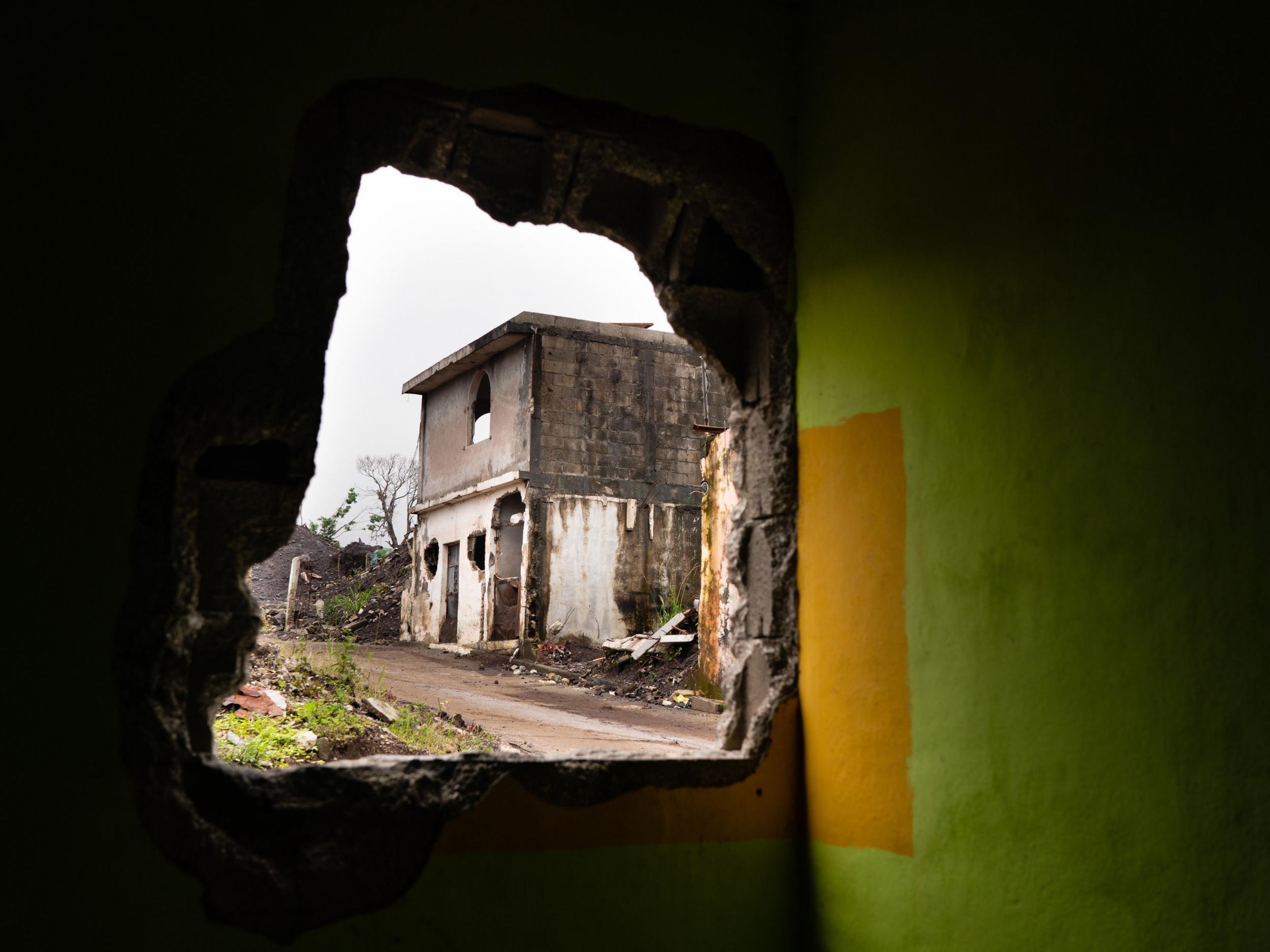
The Guatemalan government published a declaration this July: “The community is not appropriate for urban development,” officials say. The recommendation? “Total evacuation.”
Now, it was up to Camposeco and other community leaders: Could they find a new place to live in Guatemala, an alternative that would stop the flow to the US?
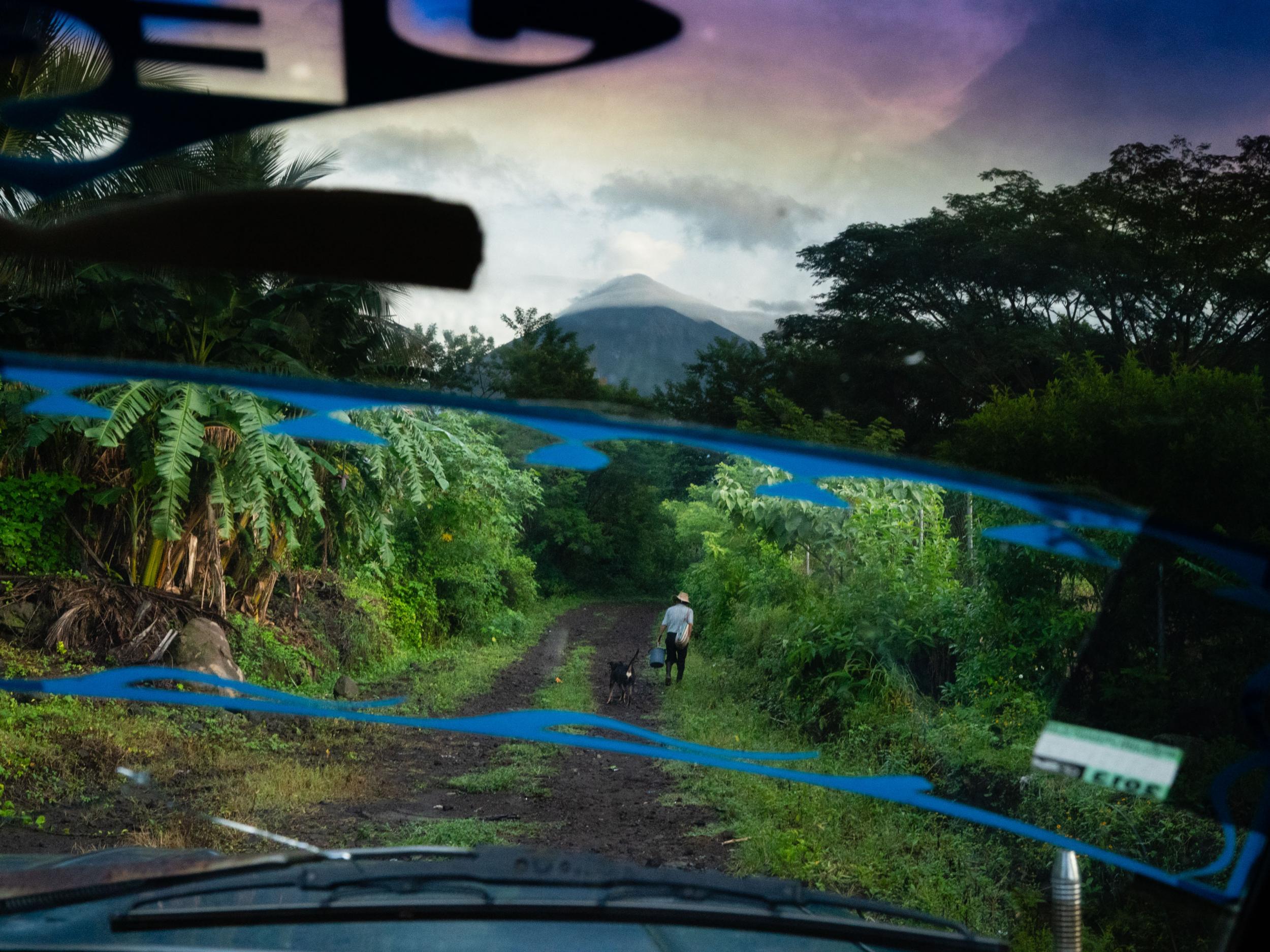
The 249 families of La Trinidad are the descendants of Jakaltek and Mam indigenous groups, survivors of the Mayan empire, conquered by Spain in the 16th and 17th centuries.
For hundreds of years, they were pushed and pulled across their own country, first as indentured servants near the Pacific coast, mostly for lighter-skinned landowners of European descent. Finally, in the 1940s, they moved to the Guatemalan Highlands, where families farmed rented plots, the closest they could get to ownership.
In a squalid Mexico tent city, asylum seekers are growing so desperate they’re sending their children over the border alone
In 1954, President Jacobo Árbenz promised land reform that would allocate property to the country’s indigenous peasantry. But the US saw the democratically elected Árbenz as a communist threat. Boston-based United Fruit – Guatemala’s largest employer and landowner – lobbied Washington to act, and the CIA helped overthrow him.
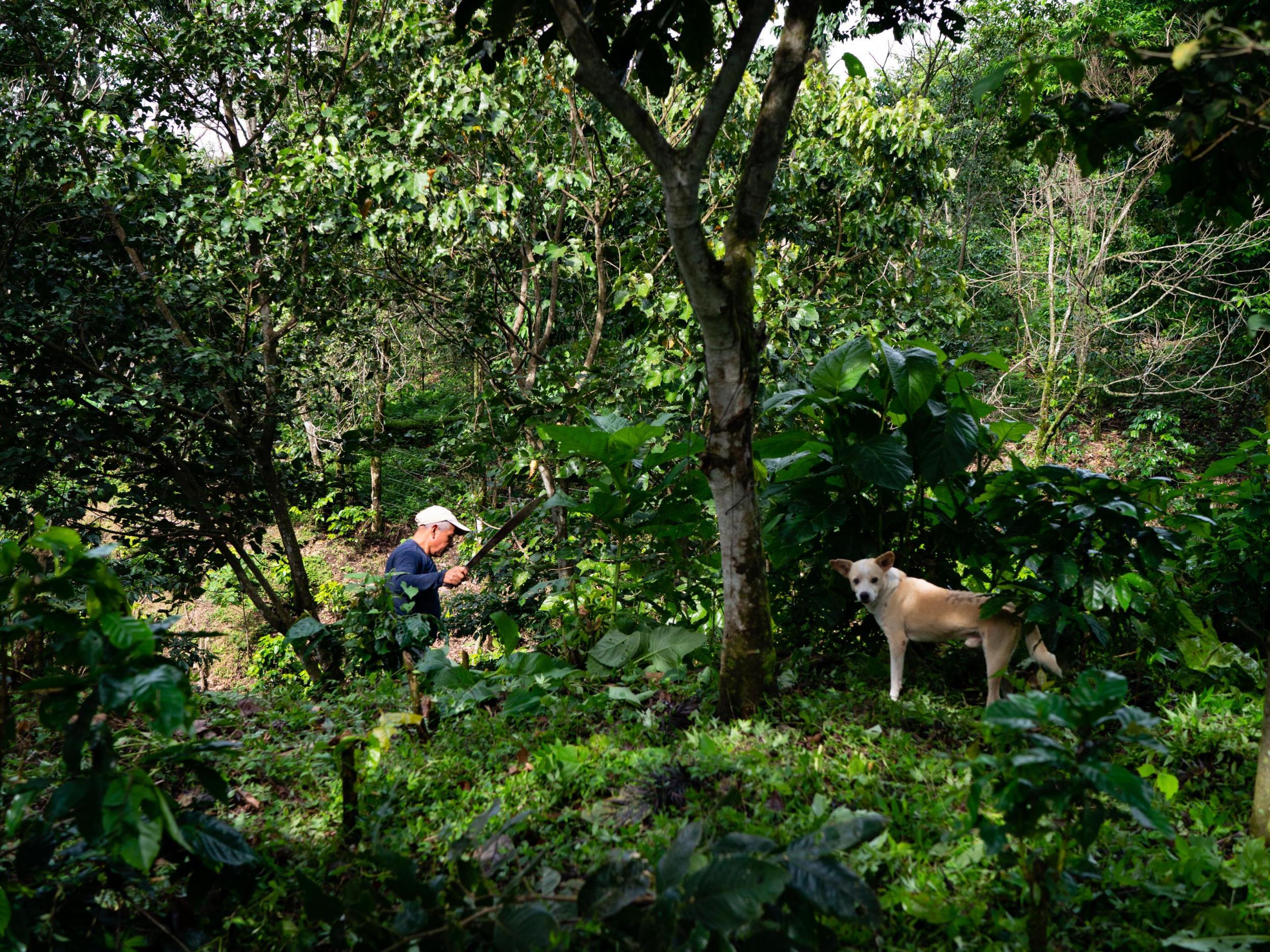
Tensions between the new US-backed Guatemalan government and indigenous groups mounted. By 1960, land access was at the centre of a new civil war.
During the 1980s, the US – worried again about communism – trained and armed Guatemalan soldiers who cracked down on indigenous groups. Between 50,000 and 100,000 indigenous civilians were killed during the 36-year war. The families of La Trinidad fled through the jungle for southern Mexico.
When a peace agreement was reached in 1996, the families were encouraged by the UN to return to Guatemala. “To return is to fight, not to resign,” became their slogan. “But our original land had been taken by soldiers and other people,” Camposeco says. “So where were we supposed to go?”
The UN, with US- and European-financial assistance, created Collective Return, a program that allowed indigenous returnees to select new plots of land where they would restart their lives. In the 1990s, donors spent $49m on the program; the US contributed $8m. For people like Camposeco, it seemed a remarkable opportunity: For the first time in centuries, they could own land.
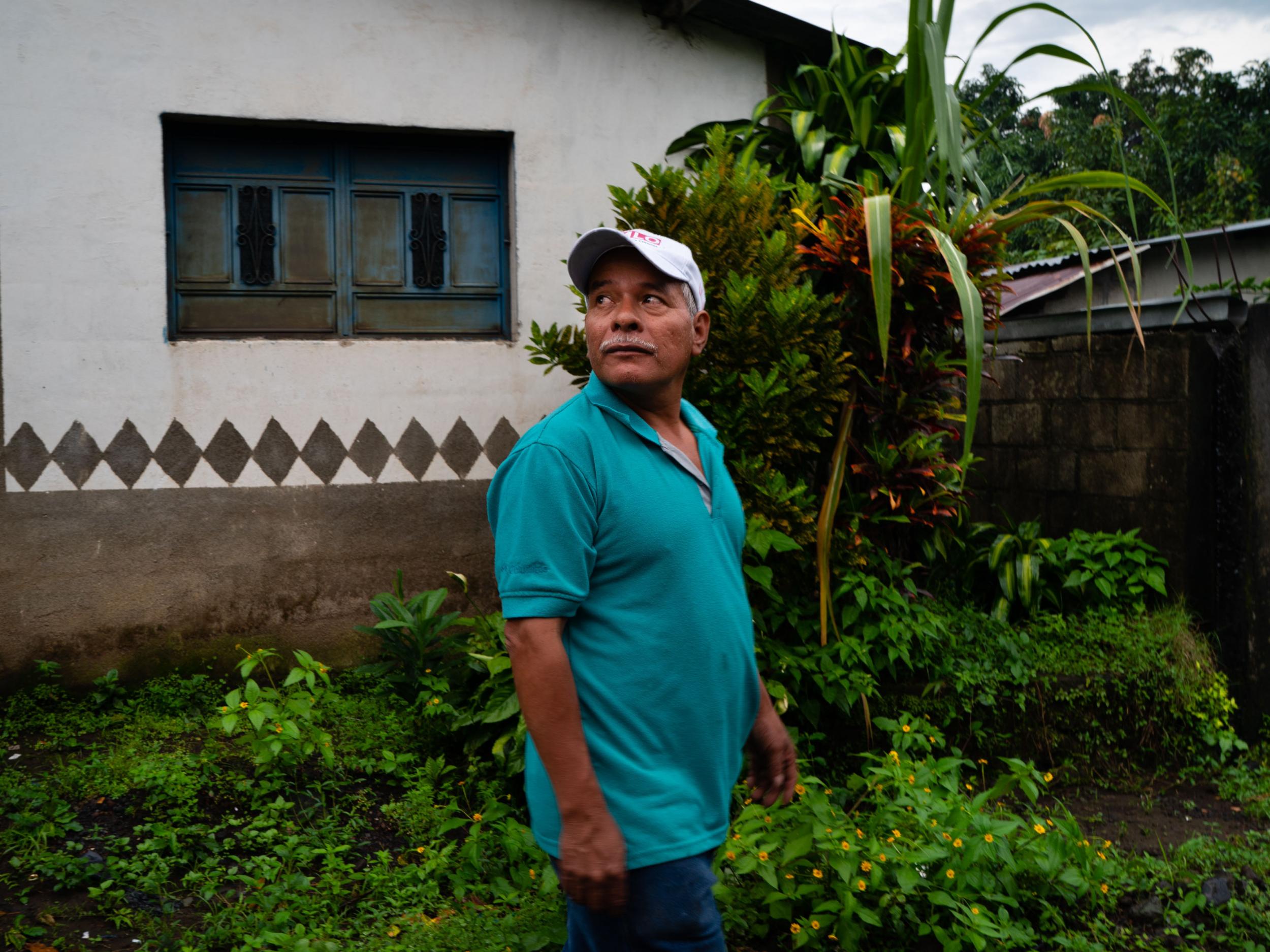
Camposeco worked with the committee that looked for land. The quest proved difficult. The government didn’t offer public land; instead, the committee had to scour the private market, within a limited price range. Much of the land was remote and inaccessible. Other options were infertile, or even closer to volcanoes than the Colonia Quince de Octubre La Trinidad. The best land belonged to the descendants of European settlers. It was not for sale.
In May 1998, the committee visited a coffee plantation two hours outside Guatemala City. The soil was rich. It was close to a main road. It was perfect, but for the Volcán de Fuego – the Volcano of Fire.
The committee knew little about volcanoes. Members asked neighbours and officials. Everyone said the same thing. “They told us, ‘Yes, it’s active, but it has never produced a dangerous eruption. It poses no threat,’ ” says Carlos Montejo López, 64.
They told us, ‘Yes, it’s active, but it has never produced a dangerous eruption. It poses no threat’
Paula Worby worked on Collective Return with the Office of the UN high commissioner for refugees. “With coffee under production, volcanic soil and a great location, at the time we all thought the group could do very well,” she says.
In fact, the volcano had produced enormously deadly eruptions at least twice, in the 1840s and in 1936. Those eruptions were documented by Guatemalan volcanologists, whose work was kept in the national library. But officials didn’t unearth the data before the families moved.
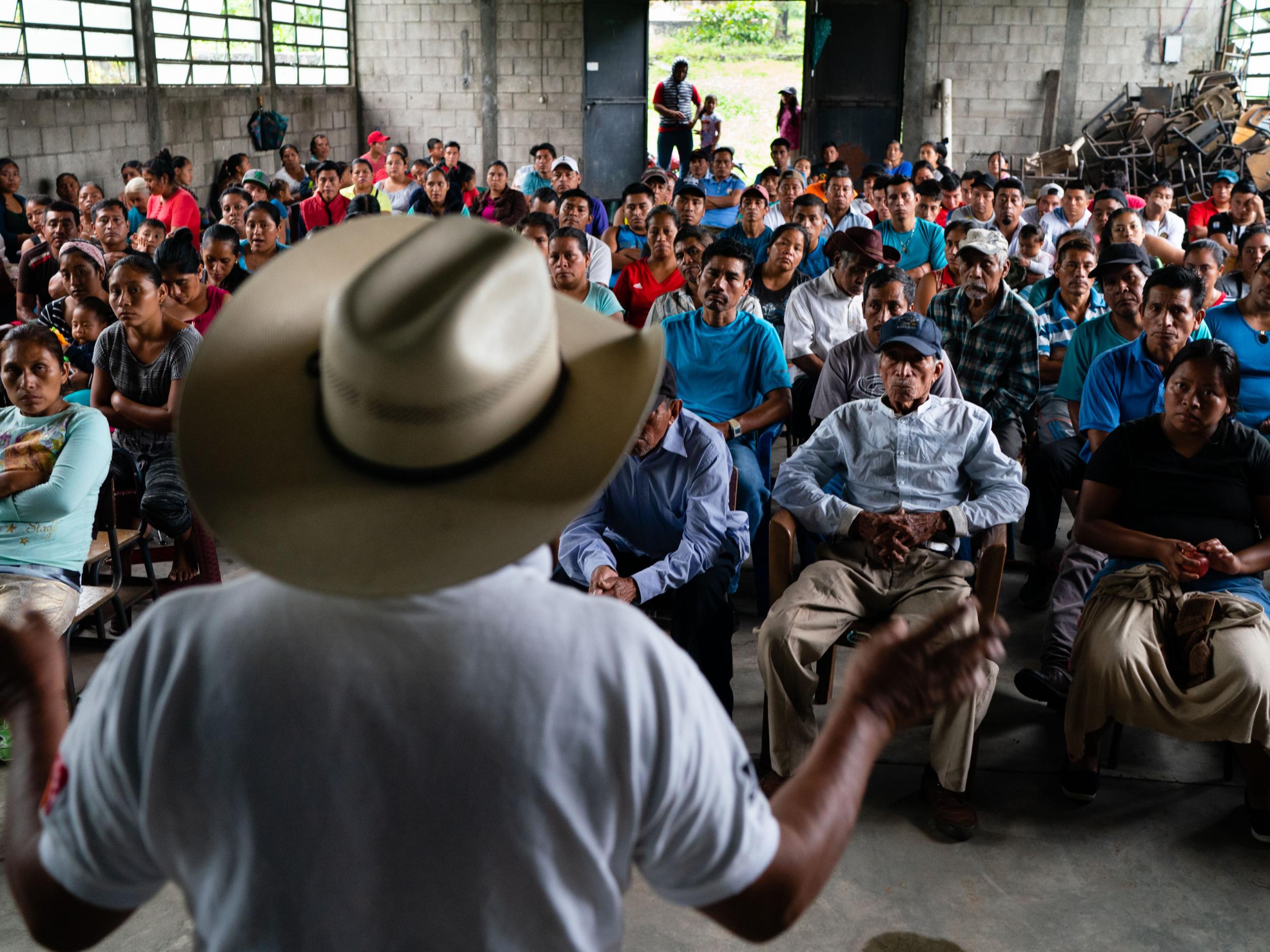
“At that point, a few years after the war, such risk assessments were not a priority,” says Julio Sánchez, a spokesman for the government’s disaster management agency.
So in October 1998, a deal was signed, for about $2m in donor funds. The families returned from Mexico, crying and holding signs: “The people of the fields return to their country.” They held a lottery to divide up the land. They named the village for the day they arrived: 15 de Octubre.
On a cool morning in September, Camposeco sits down in a wide concrete meeting hall, wearing his best button-down shirt. The town has one main road, a clearing in the brush that points like an arrow to the mouth of the volcano. Fifteen months has passed since the eruption. Camposeco looks out at the crowd. He thinks of the faces that were missing.
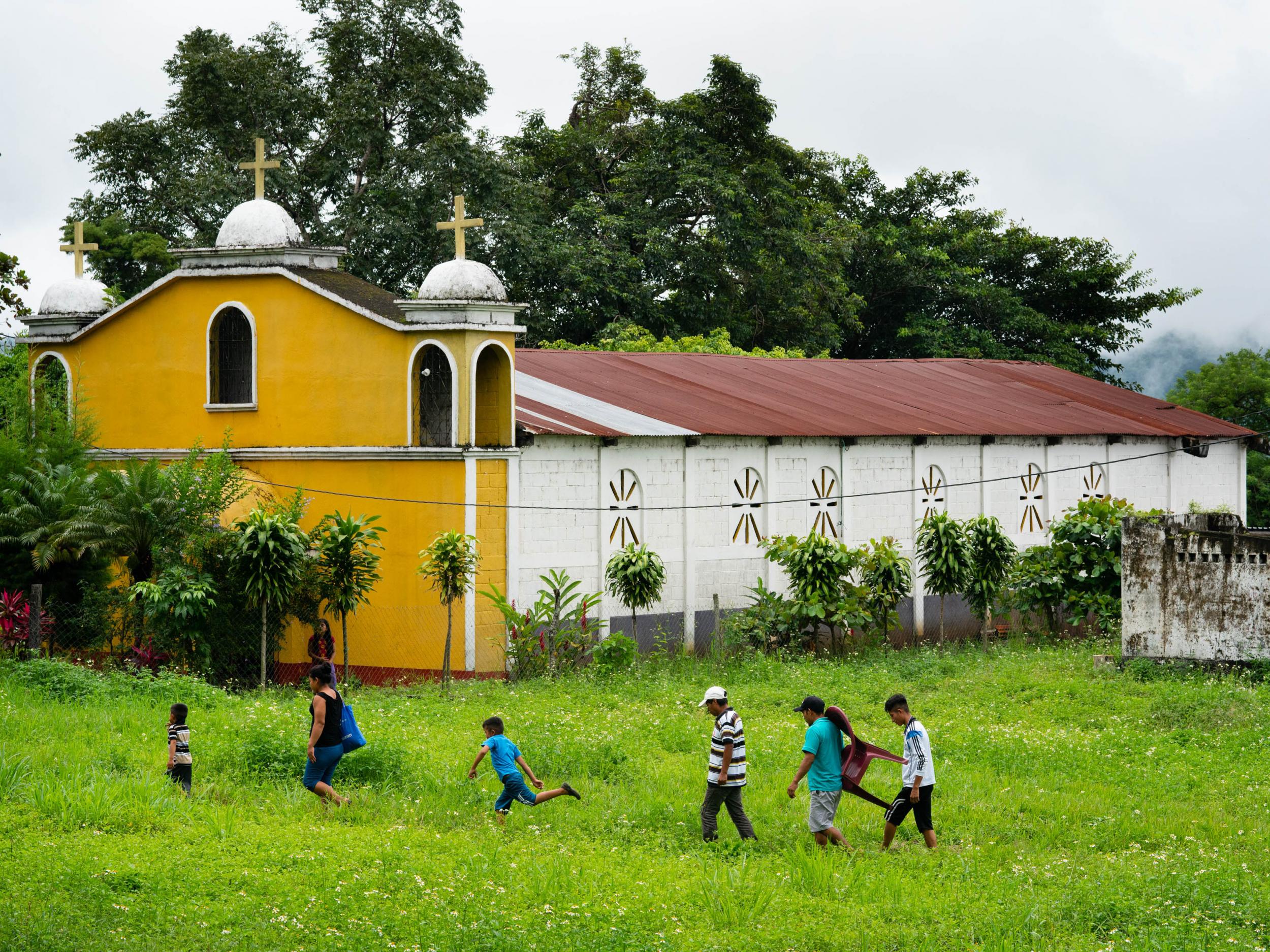
Magdalena Pedro’s daughter is cleaning houses in Louisiana. Jesús Ramírez’s husband works at a restaurant in Los Angeles. Camposeco’s own son is on a farm in California. All have left the village after the government declared it uninhabitable.
Now, Camposeco was on another committee – “indigenous representatives,” they called themselves – trying again to find a home for the people of La Trinidad. They had identified a new tract of farmland, called Finca el Prado, about 60 miles away. The stakes were high. If La Trinidad didn’t relocate to fertile land, it would mean more migration. In other words, the end of the community.
“Of course I’m nervous,” he says. Most of the attendees now live in a camp for internally displaced people – about 15 miles away – created after the eruption.
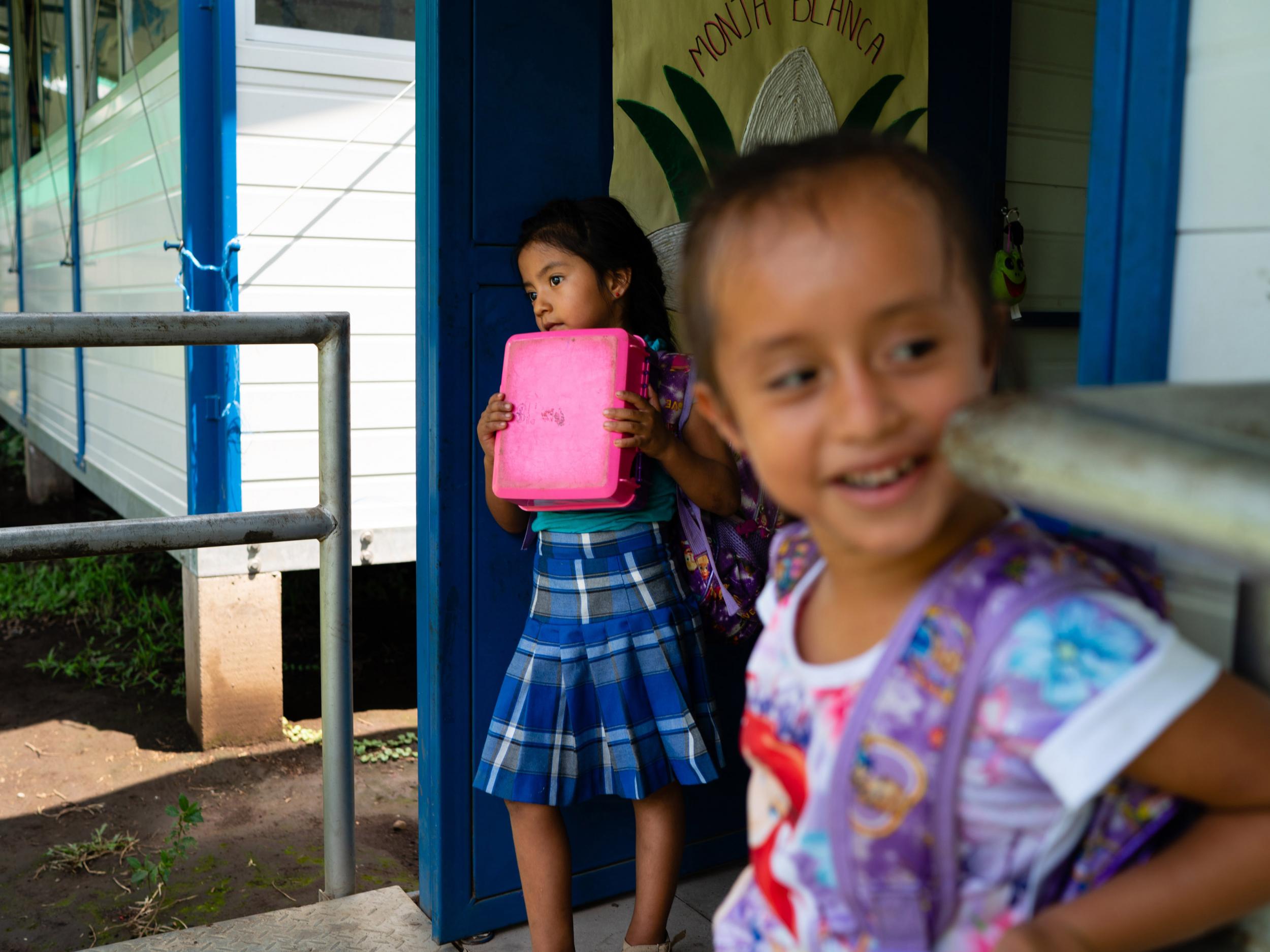
There they are tired of living in tiny huts. Their children are getting sick. They have no jobs and little to eat. Some are ready to accept the square, concrete homes in a housing project in Escuintla that the government will soon offer.
One woman wipes away tears and stands up. “We’re getting tired of waiting,” she says. Camposeco looks at her, then at the ground.
He was one of the community’s most revered figures, a man who attended school until third grade, who fought with the rebels against the US-backed Guatemalan troops. He had lived and worked in the US himself in the early 2000s, picking strawberries in California. Now he was trying to decide how he felt about his own children migrating.
What matters most, he says, is that they come back soon. He takes a deep breath and stands up. “We’ve been migrating for years. I know we’re all tired of this.” The audience is full of people on the verge of leaving Guatemala.
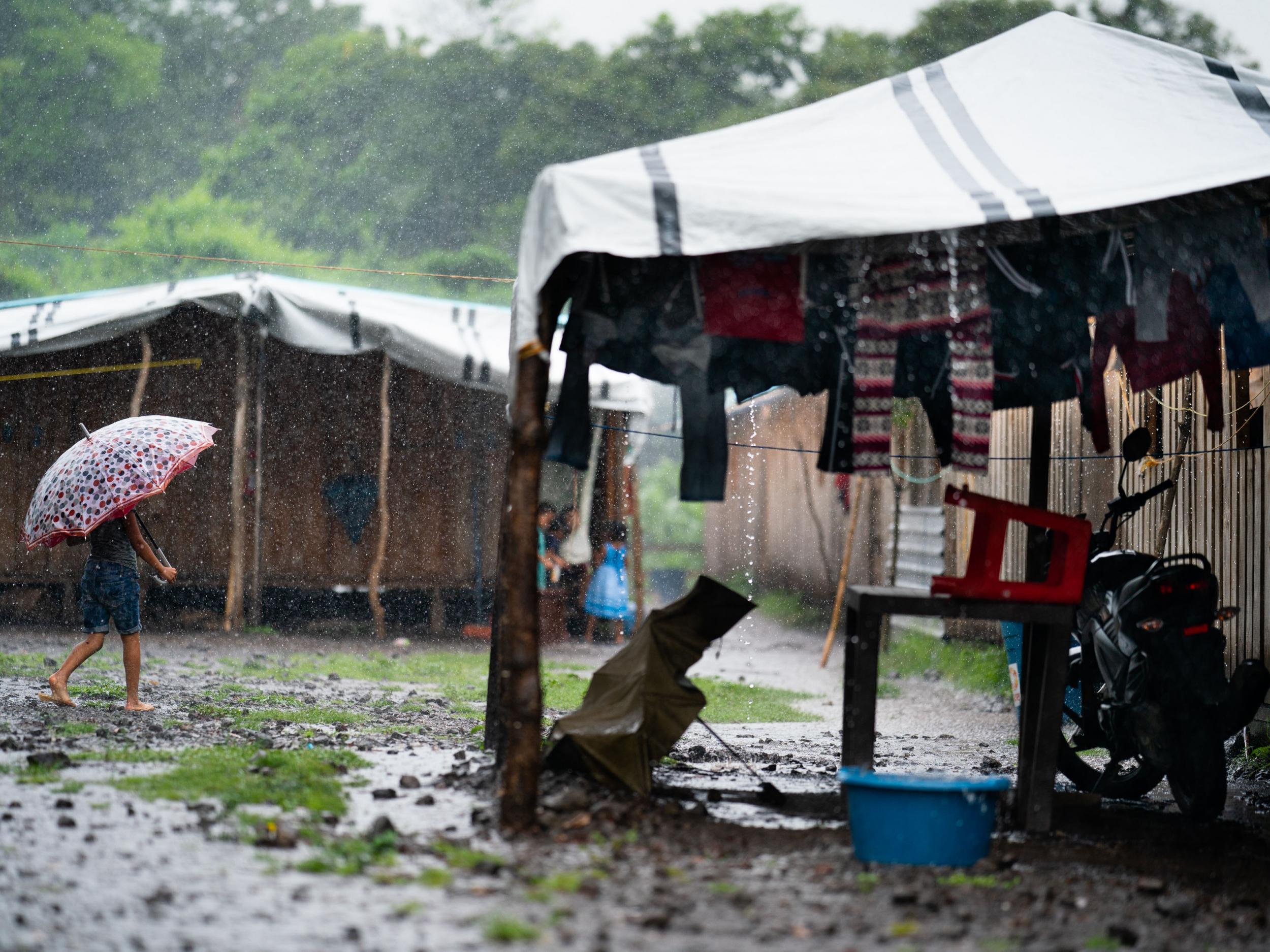
Eleodoro Jiménez, 40, lost more than half his coffee crop when the volcano erupted. His income plummeted from $3,000 in 2017 to $500 this year. He didn’t want his two daughters to risk their lives migrating, so the plan was for him or his wife to travel alone.
Tania Montejo, 25, is the only woman on the town’s leadership committee. Her sister in the US is looking into temporary work visas for Montejo. If that doesn’t work out, she has calculated how much a smuggler would cost.
Camposeco continues, a green baseball cap on his head, making eye contact with as many people as he can.
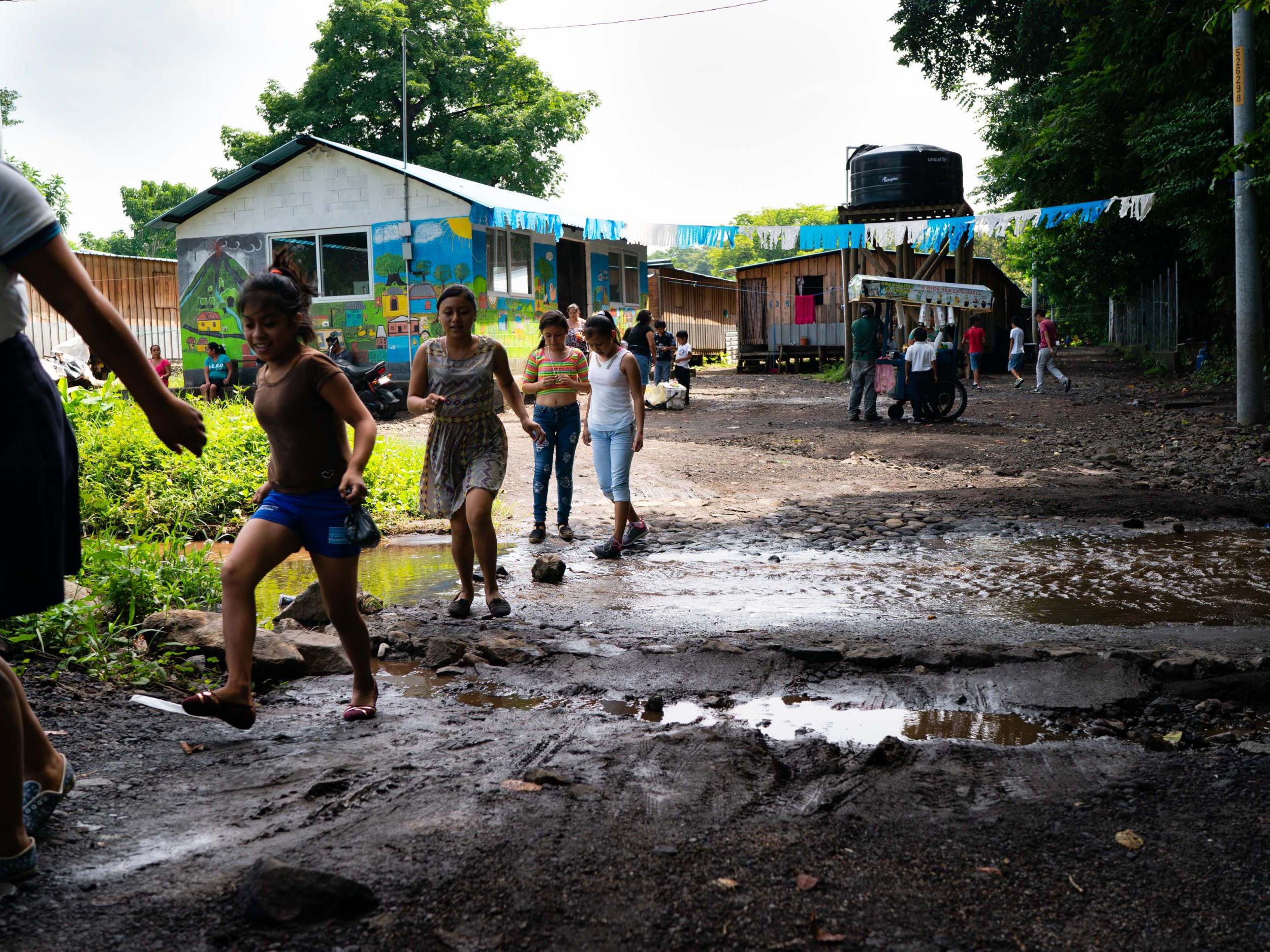
Leaders had identified a plot of farmland away from the volcano and were trying to persuade the government to buy it. The Ministry of Infrastructure and Housing had instead offered small homes in Escuintla, a city where farming would be impossible. “We need to keep fighting,” Camposeco says. “We deserve land, and we will get it.
A mural in La Trinidad tells the history of the community. There are the smiling faces of the returnees from Mexico. There are the coffee farms and the square, concrete homes. There are the figures in modern Western clothes, native men and women who mostly stopped wearing their traditional trajes or speaking Popti’ as refugees in Mexico.
At the edge of the mural looms a cartoonish volcano – lava spurting upward in the manner of the small, daily eruptions that posed no threat. “We just grew up with it,” Montejo says. Sometimes the windows rattle,” Jiménez says. “We learn to sleep through it.”
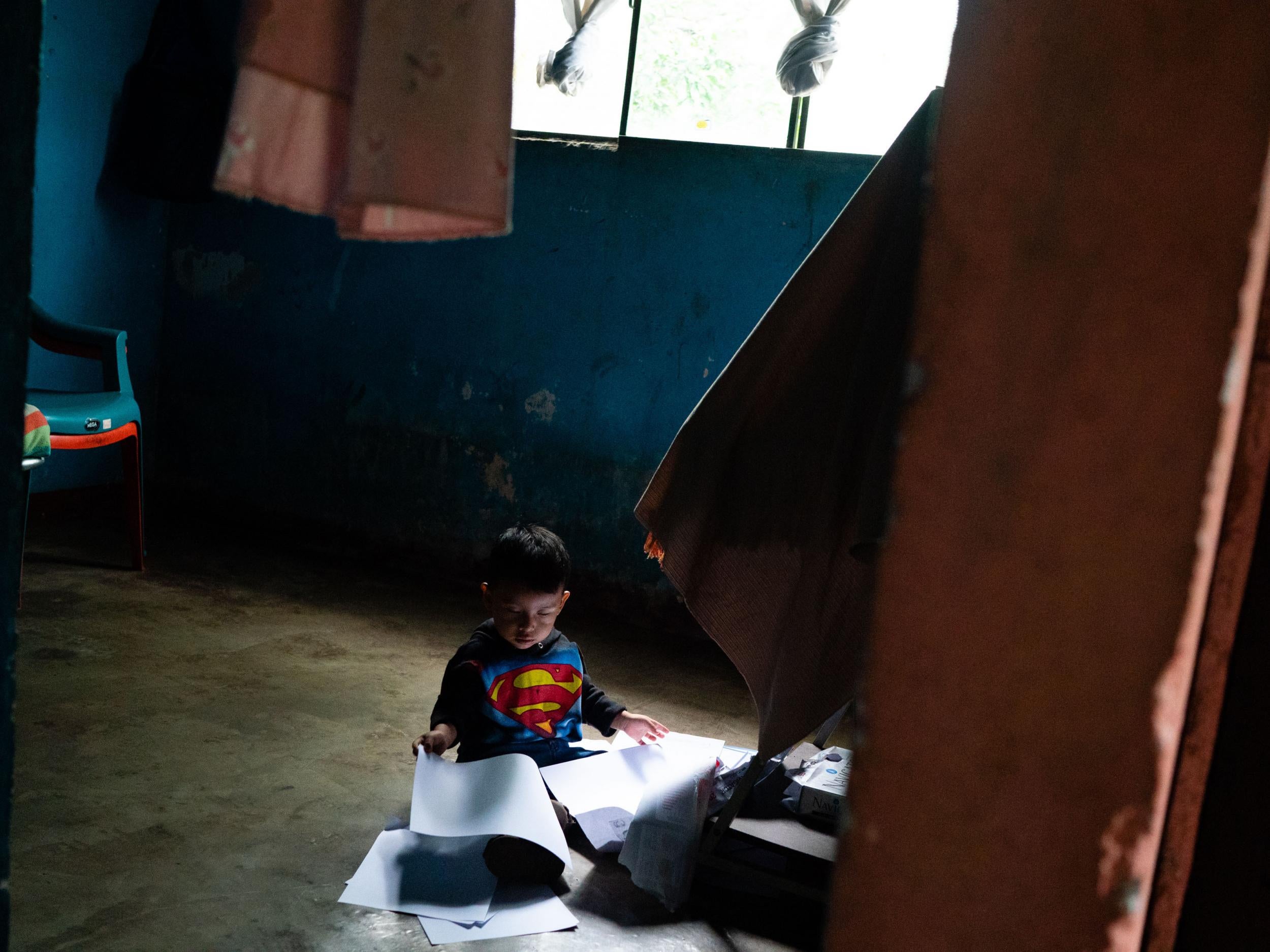
The school never conducted evacuation exercises. There was no alarm system. Even those who farmed plots closest to the mouth of the volcano never worried.
Camposeco was at home that day in June 2018 when a dark cloud formed over La Trinidad, and a deep rumbling bellowed from the earth.Debris flowed into the village, a river of volcanic material. Soot descended from the sky. Soon, the roads were blocked. The sky was black. He could barely see his feet.
“First we thought: ‘We can wait here.’ Then we realised we had to run. Rescue vehicles didn’t arrive for 12 hours. It took more than a day for everyone to get out.”
Guatemala has a chronic malnutrition rate of 47 per cent, sixth highest in the world. In the indigenous communities – where returnees live the rate is 70 per cent
But La Trinidad was lucky: No one died. The lava and other volcanic material crashed into nearby San Miguel de Los Lotes, where it killed about 500, most within minutes. La Trinidad is a stark example of how returnee communities suffer. But other such groups have not fared much better.
In La Esmeralda, fewer than half the residents have electricity. People in Santa Amelia are so frustrated by conditions that scores have abandoned the village. Indigenous Guatemalans have some of the lowest standards of living in Latin America.
Guatemala has a chronic malnutrition rate of 47 per cent, sixth highest in the world. In the indigenous communities – where returnees live the rate is 70 per cent. Those communities are now at the centre of Guatemala’s exodus to the US.
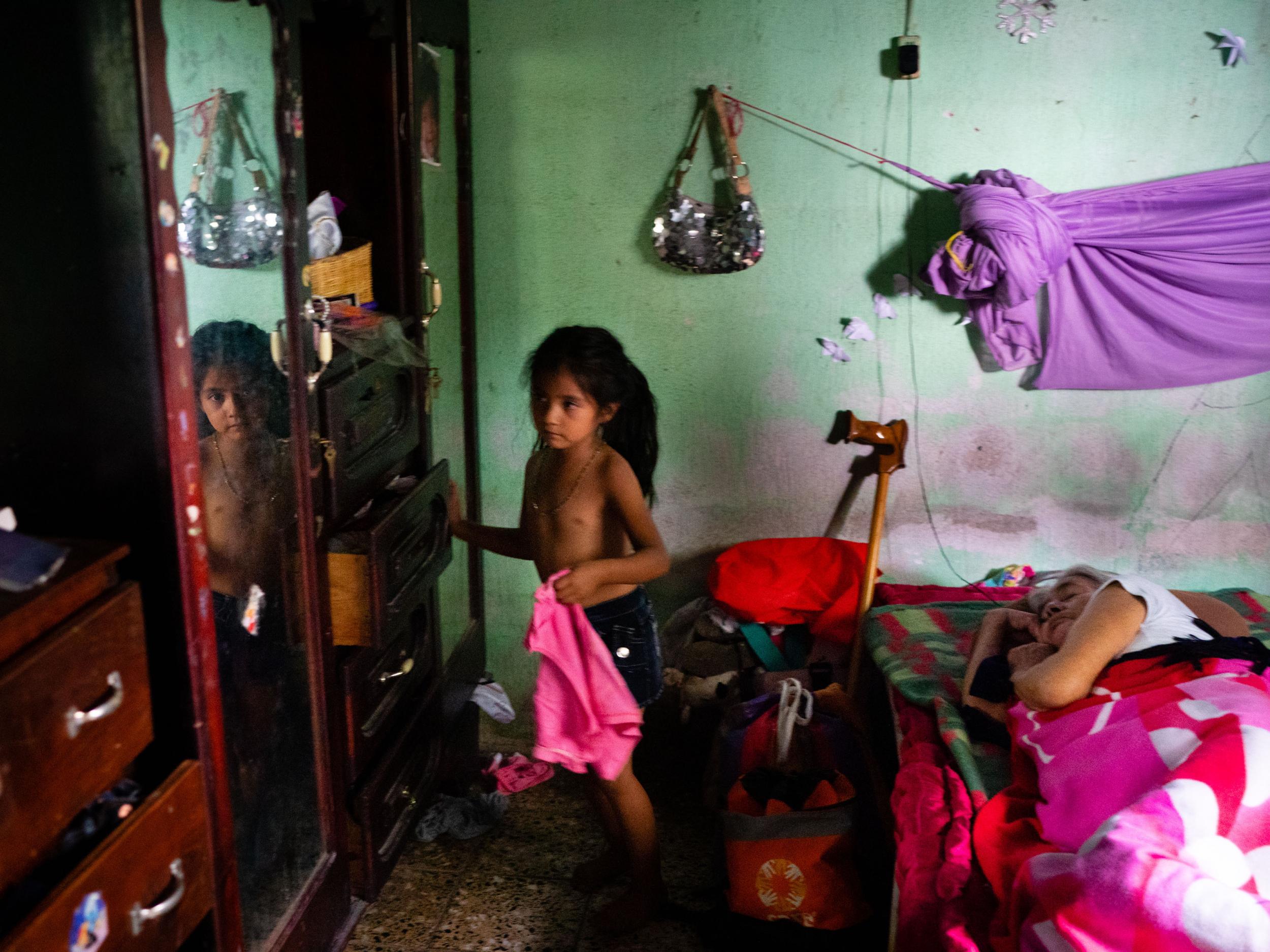
“When you look at how some of these communities fared,” Worby says, “it is frustrating how some had to settle for a level of rural poverty they had hoped to escape.”
When migrants reach the US, immigration judges rarely consider how their lives were affected by US interventions. Some former US officials recognise the role the North American country played in marginalising indigenous Guatemalans, but wonder how that recognition would translate to immigration policy.
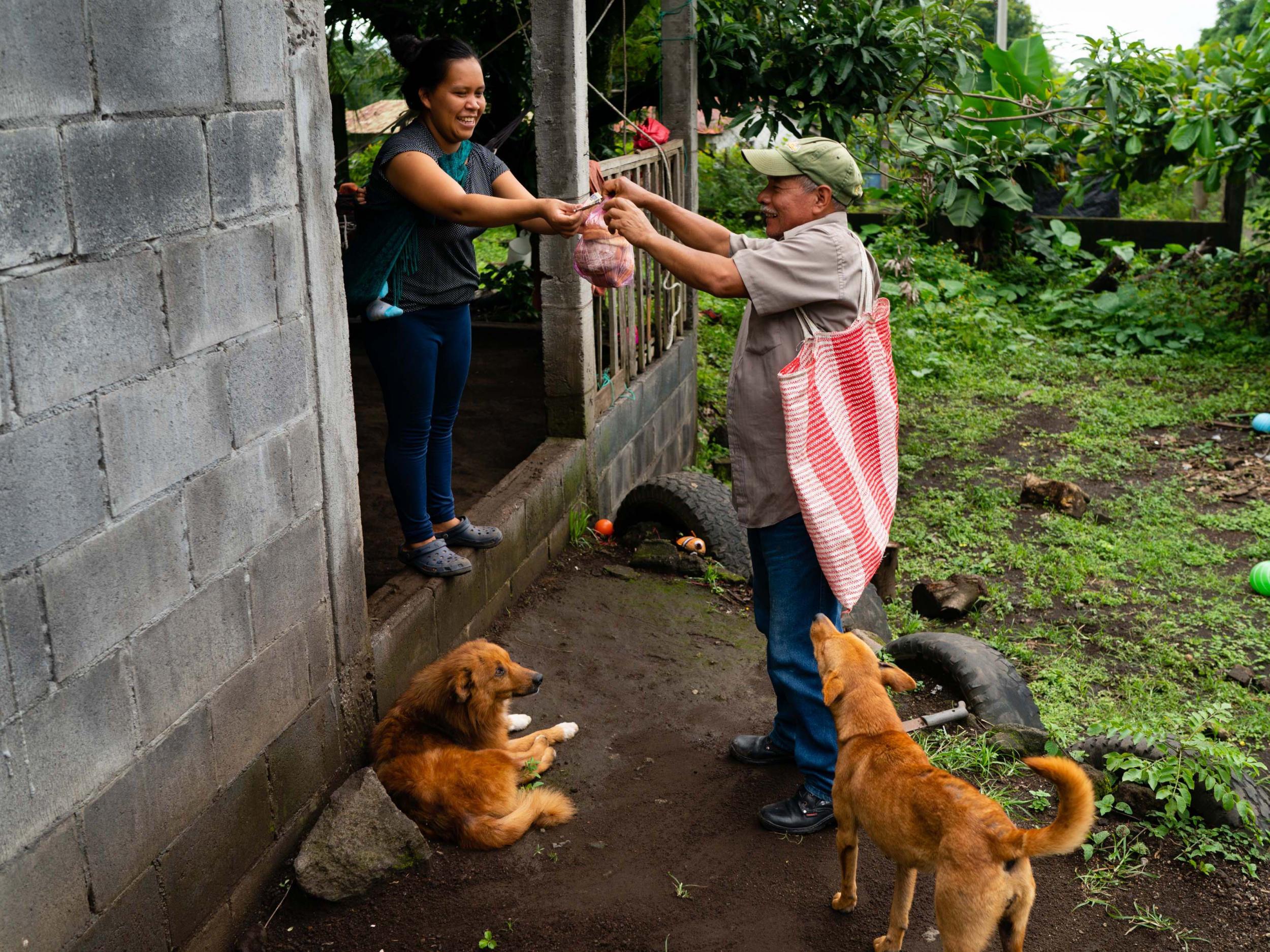
“I think that if we were living in different political times, tracing back these cases historically is something good lawyers and analytics could help develop,” says Doris Meissner, who was the commissioner of the US Immigration and Naturalization Service during the Clinton administration. “But I don’t know how you would delineate between specific cases and an entire indigenous population – because the entire indigenous population has been repressed by governments that we have supported.”
The meeting ends. People return to their homes, up the path towards the volcano, now hidden behind clouds. Camposeco bakes bread with his wife. He plays with his grandson, Evan, and feeds his dog, Victorino. The volcano rumbles. A plume of grey shoots up.
He couldn’t stop thinking about the community gathering. “They’re tired. I understand that,” he says. “No one wants to keep moving every 10 or 20 years. People want something permanent for their children. But honestly, I’m not sure this is going to work out.”
There have been discussions with the government over another land purchase, but nothing has been promised. Guatemala’s new president Alejandro Giammattei will take office in January. He has an Italian passport and little attachment to the country’s native community. He has suggested that indigenous land would be made available to foreign mining companies.
Camposeco’s phone rings. It is his son in California. “How did the meeting go?” he asks. Camposeco turns the phone’s camera on and smiles through the screen. “It was good,” he says, feigning confidence. “One day soon we will have our place.”
© Washington Post
Join our commenting forum
Join thought-provoking conversations, follow other Independent readers and see their replies
Comments